Getting Ready For a Heliski Trip – How Should I Prepare?
One of the biggest misnomers in the heliskiing world is that you have to be an expert skier or rider to ski from a helicopter. Not true. That being said, skiing in a remote, backcountry area in some of the biggest mountains you’ll ever see is not for novice skiers and riders. You do need to have some ability with your chosen form of swooshing.
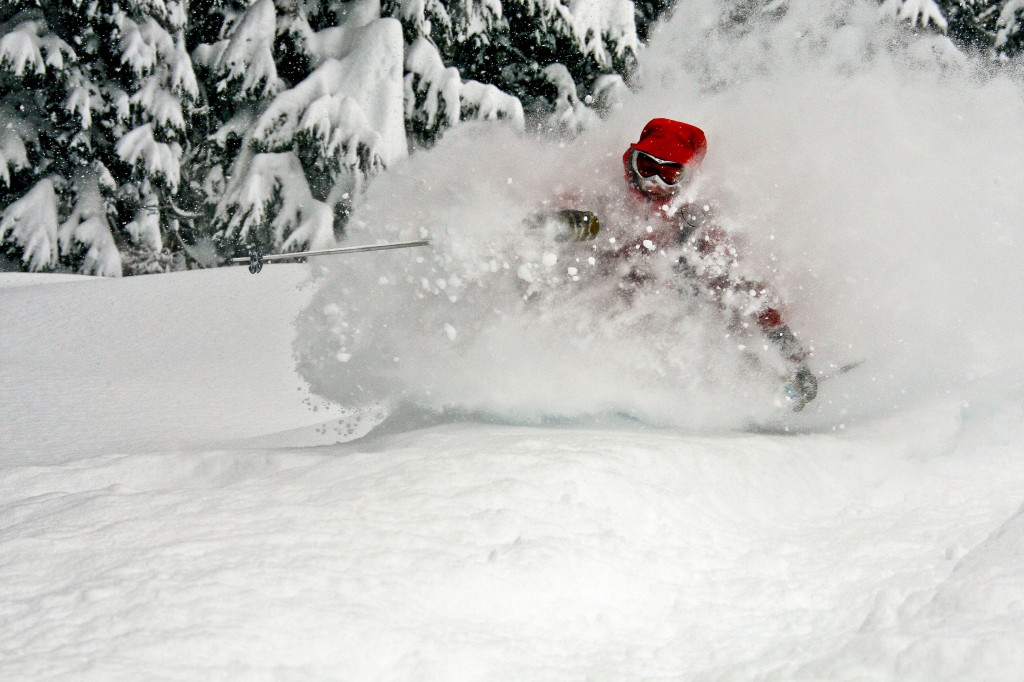
Photo – Randy Lincks
At Last Frontier Heliskiing, we recommend that folks who come have a minimum ability as an advanced intermediate skier. What does that mean? At your home resort, you should be comfortable on blues and blacks (k, maybe not all the blacks, especially the double diamond variety) in just about every type of ski condition. Groomers? Sure. Dry, fluffy powder? That helps. But basically, there needs to be a base level of skill from folks.
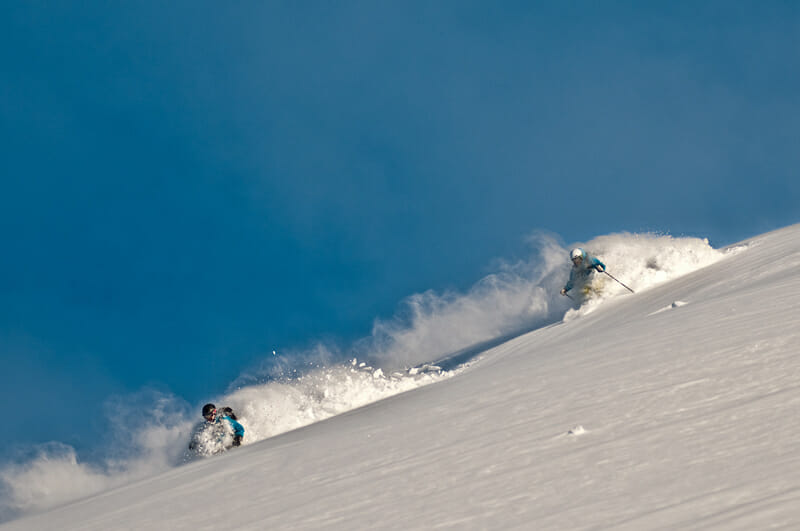
Photo – Dave Silver
Now, some of you may be thinking that you ski on the piste all the time perfectly but have lots of trouble in powder. Fair enough. There are a few things about skiing powder that can be difficult. Especially when it’s waist deep! But fear not. If you’re contemplating a heliski trip and are a little worried about what you might encounter, there are a few key things to work on to make your trip a little easier; on the legs, the mind and even the soul.
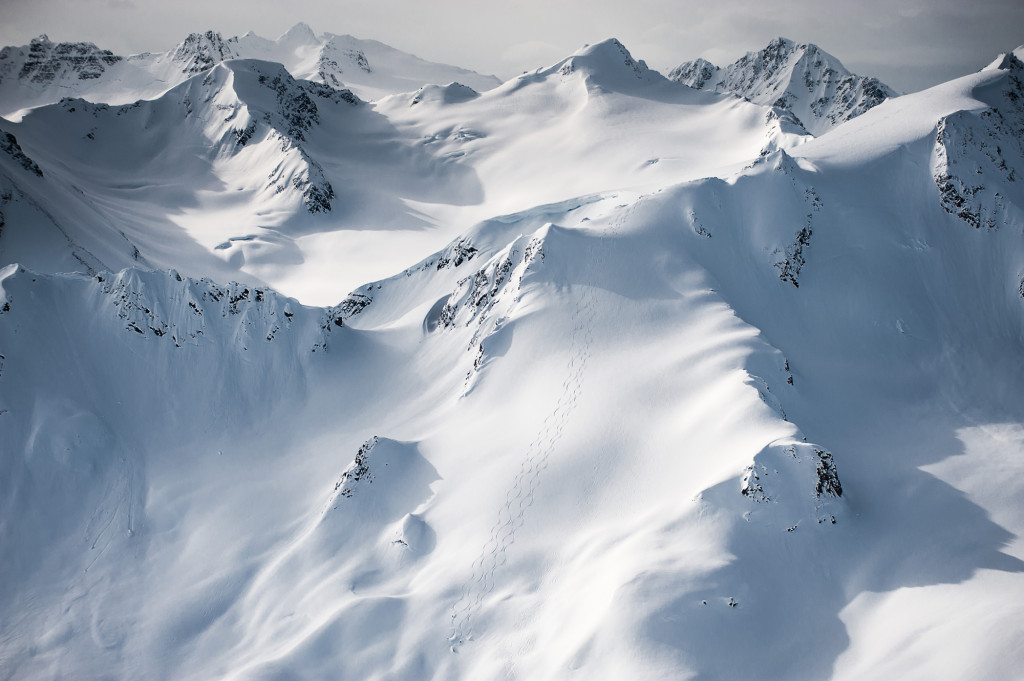
Photo – Dave Silver
First, spend a little time skiing when it’s not perfect. Icy conditions, chopped powder, maybe even a little breakable crust for good measure. Get a feel for what it’s like skiing and riding off the groomed piste. Next, try out some wider skis. Race and carving skis are great for the corduroy and even better on those cold, icy days on the hill, but mid fat to fat skis are what you want when you venture off the tailor made ski runs.
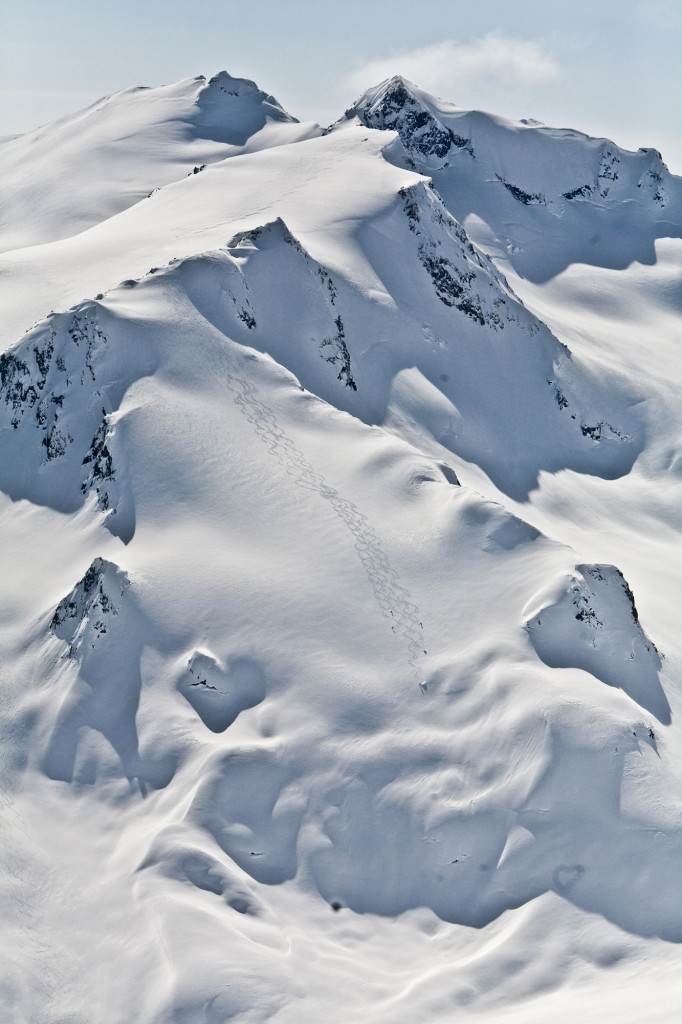
Photo – Randy Lincks
Wider skis with a little reverse camber make turning a lot easier in choppy terrain. Think of those powder days at the resort on little carving skis and you’ll immediately know what I mean. A wider, more progressively shaped ski eliminates a lot of the work that goes into driving a race or carving ski into each turn. You simply put the ski on edge, and it does the rest. In variable snow conditions, this is critical to maximizing your enjoyment and minimizing the workload on your legs.
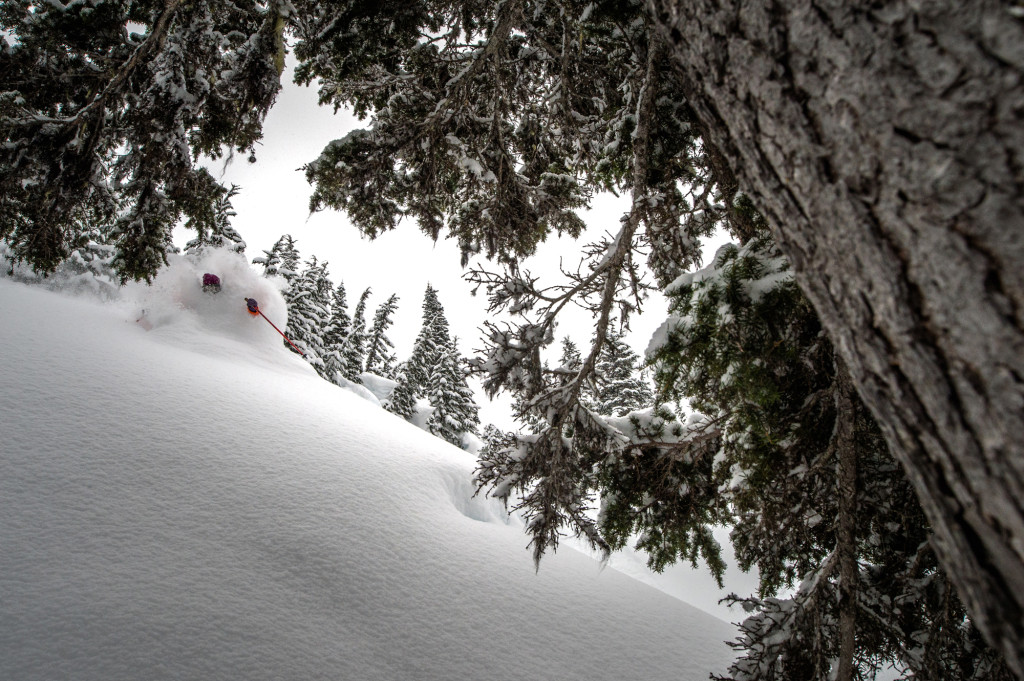
Photo – Reuben Krabbe
Which brings me to conditioning. Heliskiing is tiring. Imagine skiing 5 to 7 days straight with no lift lines and untracked snow on every single run. Sure, it’s not always perfect, but it is always untracked. Some of our guests will ski upwards of 30 to 40,000 vertical feet each day and if you’re not ready, your legs will feel a little like spaghetti very quickly. How do you train for this? Ski. A lot. Go to your local resort and bang off lap after lap for two to three days at a time. Once you get your proper ski legs going, fatigue won’t be an issue.
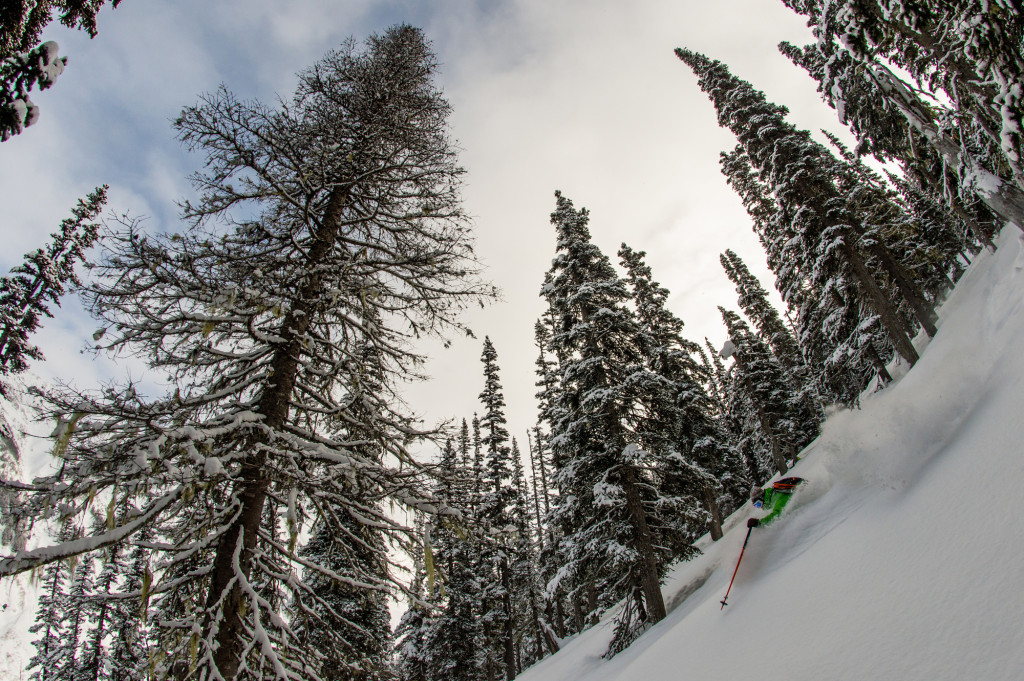
Photo – Reuben Krabbe
Lots of folks ask us what the snow is like. The truth of the matter is that it isn’t always deep fluffy powder. Many of our runs are 4 to 6,000 vertical feet. Those are BIG laps. Because of those massive elevation (read: temperature) changes, on each run you may encounter different types of snow. There might be a little bit of windblown powder up high; dry, deep bliss in the middle, and if it’s spring time, maybe some corn down low. But between those different types of snow can be fairly variable conditions. Hard pack, the odd piece of crust, or even a little dust on crust. But skiing off piste at your local resort will make all of it that much easier.
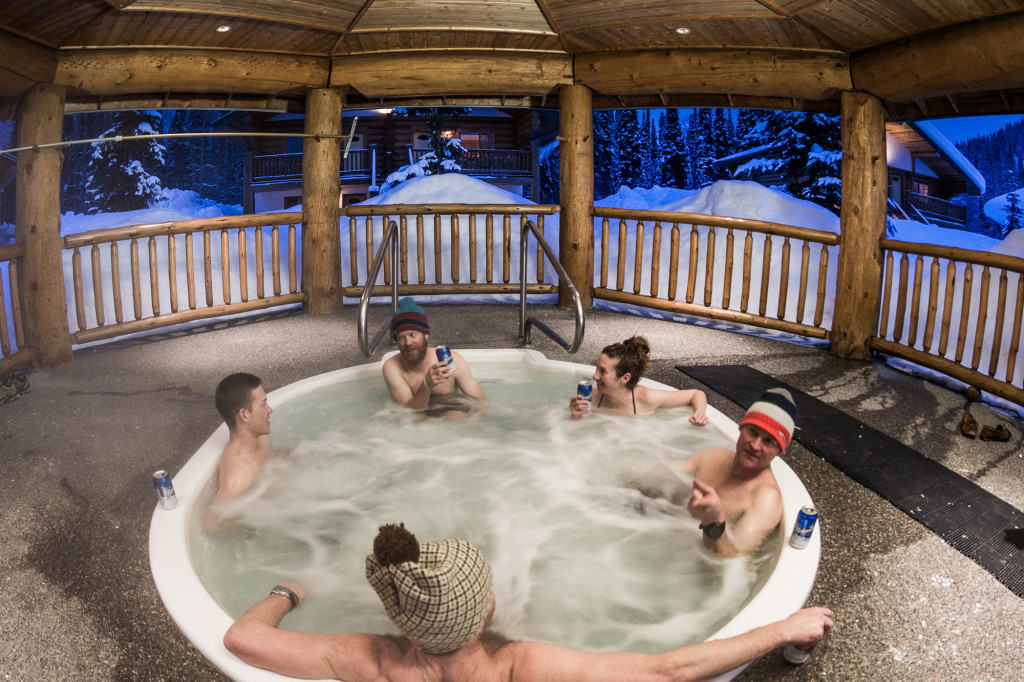
Photo – Dave Silver
So this winter, before you come, spend a little time skiing and riding in the more challenging terrain at your local hill. Go out when it’s icy or on a powder day. Grab some wider skis and experiment a little with something different. All of it helps. And anything you can do to improve your fitness a little will only make things easier and more enjoyable when you’re about to drop into your 16th lap of the day in knee-deep BC pow.
Be safe, ski hard.


